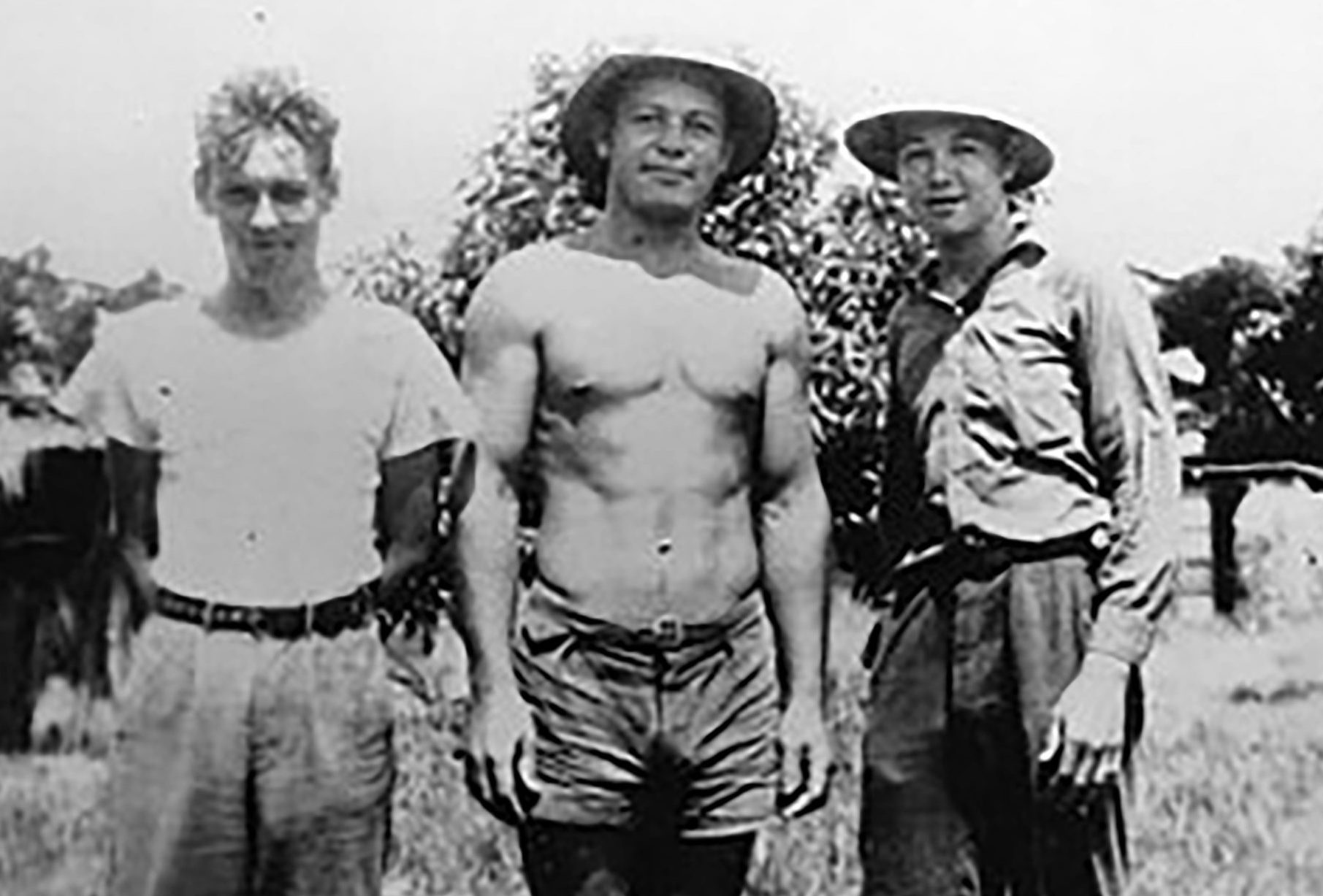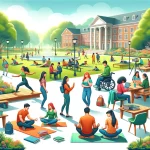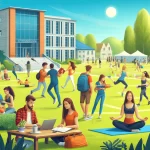Loneliness is gradually becoming a more widespread issue, with many feeling more and more isolated. According to a recent poll on Americans by CIGNA, “Only 53% have meaningful in-person social interactions, such as having an extended conversation with a friend or spending quality time with family, on a daily basis.”
The remaining participants reported varying degrees of either emotional, social or other forms of isolation. Their study showed that regular human contact is key to mental health, and here in southeastern Florida, a name often comes up when discussing isolation: Trapper Nelson.
In 1909, Vincent Nostokovich was born to immigrant parents in Trenton, New Jersey. He had an older brother, Charlie, with whom he left New England after their mother’s death. With a mutual friend named John, they eventually found their way to the western United States via train. After they were briefly arrested in Mexico on weapons smuggling charges, they set out for Florida. In 1931, their train brought them to the Loxahatchee River, where they set up camp and worked as trappers. Later that year, however, Nelson experienced loss again, as, after a heated confrontation, Nelson’s brother killed John.
Nelson testified against his brother, who was subsequently imprisoned. He had no reservations as far as his brother’s punishment was concerned, but after briefly returning to Trenton, he found that he could barely relate to his past life anymore. Nelson would ultimately settle on a piece of land in the Loxahatchee that was difficult to access by boat.
With his sister’s financial aid, he purchased the property and built a number of attractions, including a zoo and campground where people of all ages and social standings would pay to observe the Loxahatchee Tarzan. The revenue from the sightseeing and trapping allowed Nelson to capitalize on the Depression’s effects and acquire a large swath of land.
Despite his local popularity, Nelson did not often interact with people. He married in 1942, but as a futile ploy to avoid the draft. In the ’50s and early ’60s, his finances worsened and he was forced to close his zoo due to sanitation concerns. It was also around this time that he was afflicted by unknown but debilitating abdominal pain. Despite the severity, he refused any outside medical help. Nelson became increasingly hostile to visitors, and even friends of his found themselves victim to his aggression.
In 1968, Nelson had planned to meet some friends but never showed up. They managed their way onto his property where they found him dead, a shotgun round fired into his torso. While investigators ruled his death a suicide, the difficulty that Nelson would have had operating the gun led many to believe it was a homicide. Murder was not an unbelievable theory given his remoteness and the list of people who had motivation to kill him, from rival trappers to landowners. In any case, Nelson’s seclusion left him vulnerable because he alienated many of the people who could have made a difference.
Nelson is of course a fringe example of how isolation can affect people. But have conditions for introverts improved in the 51 years since his unfortunate fate? Unfortunately, according to Surgeon General Vivek Murthy, since the 1980s loneliness rates have doubled, constituting a severe health epidemic. The United States is not the only country impacted: The UK’s elderly population is so affected by loneliness that the position of Minister for Loneliness was created in 2017. In many cases, the UK’s elderly don’t see another person for most of the week.
Japan is another country that has seen a drastic increase in individuals who are socially removed, with people of all ages seemingly unable to establish relationships. Like Trapper Nelson, many Japanese people who have passed away are not found until long after the fact. “Kodokushi,” meaning “to die alone,” is a trend common but not exclusive to their elderly. More and more Japanese millennials are falling into the kodokushi lifestyle as well, and a medical emergency can be unknown to family, friends and neighbors until there is some bureaucratic reason to check on them weeks later.
The situation has become such a detriment that some in Japan view technology as not only the cause of decreased interactions, but as a potential replacement for it. Robot dogs and family members are being considered to provide the overworked and socially quarantined with near-human interactions. For many, technological companionship proves to be a much easier option than talking to other people, but whether it should be promoted in the first place, instead of better interaction, has to be considered.
Artificial intelligence technology in its present state has already been proved to increase the happiness of lonely people, according to Professor Takanori Shibata. However, considering his were short-term studies, it remains to be seen whether the apparent satisfaction will last or have more serious consequences. After all, isolation may be the reason Japan’s population is aging faster than any other in the world, shrinking the country’s GDP and workforce dramatically.
Psychologist Puihan Joyce Chao has said, “Change starts on the individual level.” People need to live in the moment with those around them, because tech cannot fully replace human connection, and it is important for people to both be reachable and reach out to others to avoid isolation. Of course, it is not an easy accomplishment for many people, but should be doable, because — unlike Nelson — not everyone lives in the mangroves.
















